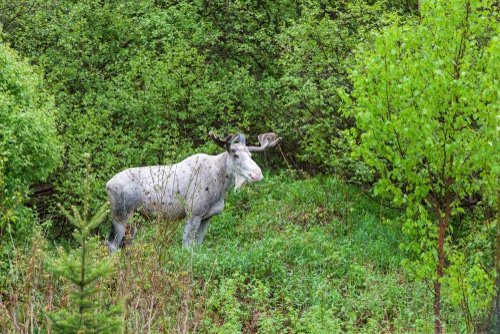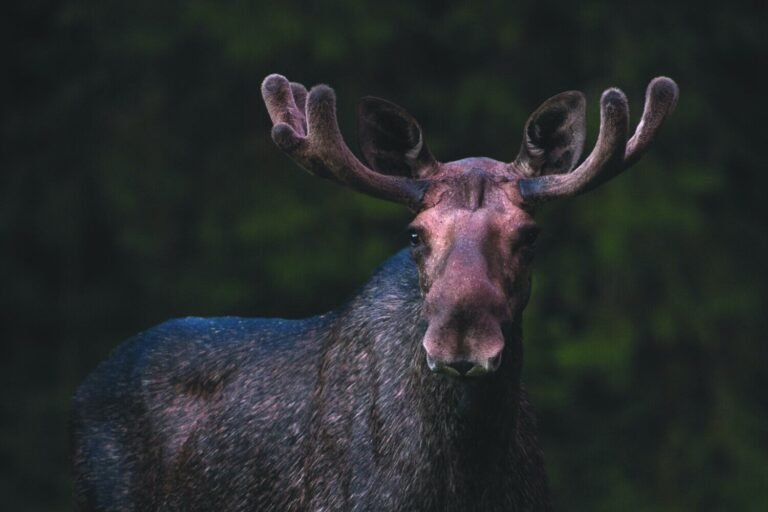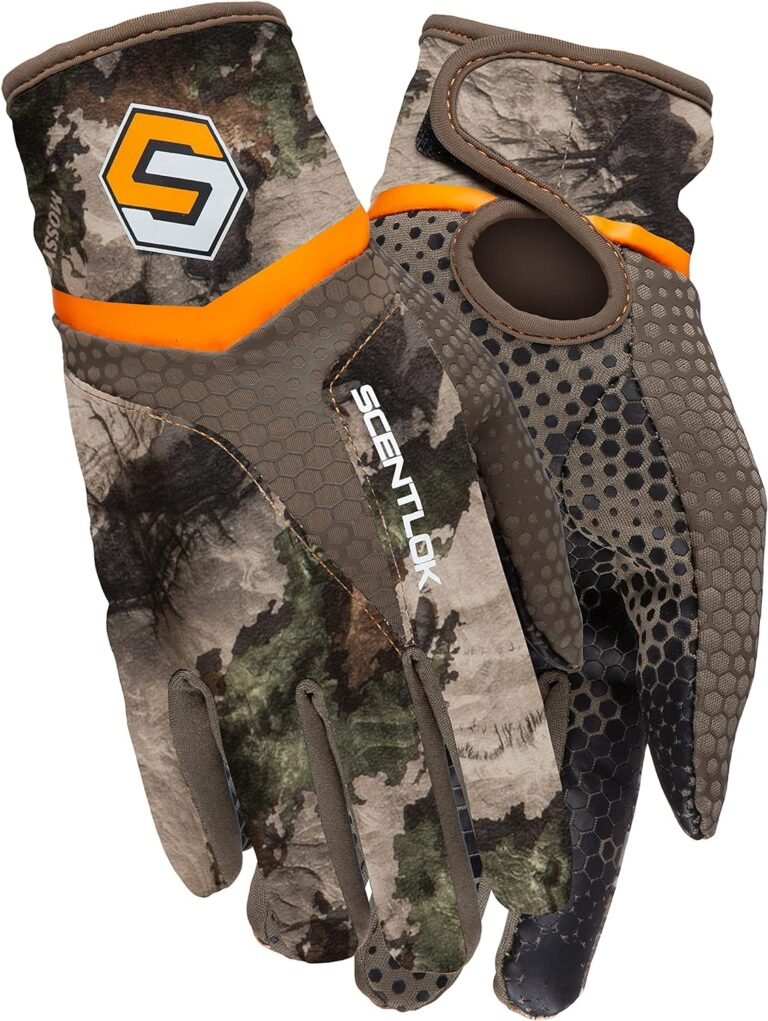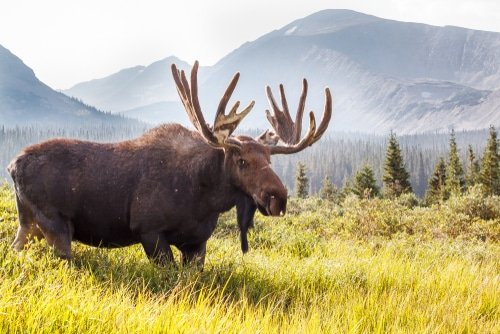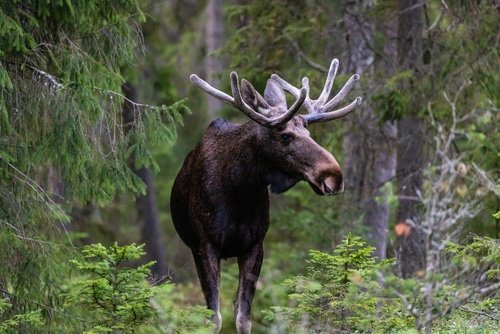Regarding cute and captivating creatures, baby moose, also known as moose calves, certainly steal the show. These adorable little beings are the offspring of their majestic parents, the moose. With their long legs and gangly appearance, they exude a charm that is hard to resist.
Baby moose are born with fur that has a reddish-brown hue, adorned with enchanting white spots scattered across their bodies. Imagine these tiny beings prancing around in the wilderness with delicate grace.
Understanding baby moose for conservation efforts
Understanding the intricacies of baby moose behavior and their role in their ecosystem is essential for effective conservation efforts. By delving into the world of these young moose, we can gain insights into their growth patterns, social interactions, and survival strategies. This knowledge becomes invaluable in implementing conservation measures to protect adults and young individuals.
Furthermore, comprehending the needs and vulnerabilities of baby moose allows us to address potential threats they face in today’s changing world. As habitats shrink due to human encroachment or climate change, developing sustainable practices that provide safe spaces for these precious creatures to thrive becomes crucial.
The survival of baby moose directly impacts the species’ overall health as they grow into formidable adults who contribute to ecosystem stability. So, let’s embark on an exciting journey through the enchanting realm of baby moose as we uncover their secrets and discover how we can ensure a brighter future for these delightful creatures!
Life Cycle and Development
Gestation period and birth of baby moose
The journey of a baby moose begins with a remarkable gestation period that lasts around eight months. Moose mothers, known as cows, carry their precious cargo within them through the long winter months.
As spring arrives, the anticipation builds, and the miracle of birth occurs in late May or early June. The mother moose seeks a secluded spot in the forest or near water to give birth to her calf.
Physical appearance and features of newborn calves
When a baby moose enters this world, it is an adorable sight. These newborns are known as calves and are incredibly tiny compared to their adult counterparts. At birth, they typically weigh 25 to 35 pounds (11 to 16 kilograms) and stand about two feet tall.
Their legs may appear shaky as they learn to support their weight. Newborn moose calves have striking physical features that make them irresistible.
Their reddish-brown coat is soft and fluffy, adorned with small white spots on their back that help camouflage them amidst the dappled sunlight filtering through forest foliage. This color pattern aids in protecting them from predators by blending into their surroundings.
Growth stages: from wobbly legs to sturdy young moose
As days turn into weeks, baby moose quickly grow before our eyes. Within days after birth, those once-wobbly legs strengthen as they gain confidence in navigating their surroundings. Calves will start exploring under the watchful eye of their mother while practicing essential skills like walking gracefully through uneven terrain.
Over time, these adorable little ones transform into sturdy young moose—a sight truly awe-inspiring for any wildlife enthusiast lucky enough to witness it firsthand. Their body proportions change as they grow, and their legs become longer and sturdier.
They gradually shed their infant coat for the darker hues of adulthood, although they will remain reddish until the next molting season. Through this remarkable journey of growth, baby moose progress from fragile newborns to powerful and majestic creatures that embody the spirit of the wild.
Parental Care and Socialization
Mother-calf bond: strong attachment and protection
The mother-calf bond is a sight to behold when it comes to baby moose, or moose calves as they are often called. A calf forms an incredibly strong attachment to its mother when it is born.
This bond ensures that the calf receives the care and protection it needs in its early stages of life. The mother moose is fiercely protective of her little one, constantly watching over it.
She will defend her calf against any potential threats, whether they be predators or other curious animals who dare to approach too closely. The mother’s devotion to her calf extends beyond just physical protection.
She also provides emotional support by comforting and reassuring her young one. Witnessing this relationship as the mother nuzzles and licks her calf affectionately is heartwarming, instilling a sense of security and love within the baby moose.
Nursing and diet transition from milk to solid food
During their early months, baby moose rely solely on their mother’s milk for sustenance. Nursing plays a crucial role in their growth and development.
Moose calves will nurse frequently throughout the day, seeking nourishment from their mother’s rich milk supply. As time goes on and the calves grow bigger and stronger, they begin transitioning from an all-milk diet to incorporating solid foods into their meals.
This process usually starts around two weeks old when they start nibbling on grasses and shrubs under their mother’s watchful guidance. As they get more comfortable chewing vegetation, they gradually increase their solid food intake while still nursing for essential nutrients.
Learning social skills: interaction with other calves and adults
Socialization is an important aspect of young moose behavior, preparing them for adulthood and life within a moose community. Baby moose learn valuable social skills through interactions with other calves and adult members of their herd.
In the early stages, moose calves play with their peers, frolicking and chasing each other. These playful encounters bring joy and help them develop coordination, strength, and agility.
Additionally, calves observe and learn from the adult moose within their herd. They mimic behaviors such as foraging techniques, grooming rituals, and communication signals.
Through these interactions, baby moose gradually gain the knowledge necessary to navigate their environment effectively. This period of learning and socialization is crucial as it sets the foundation for a calf’s future integration into the larger moose society.
Habitat and Adaptations
Preferred Habitats for Baby Moose: Wetlands, Forests, and Meadows
Regarding their preferred habitats, moose calves have a knack for being quite versatile. You can find these adorable little creatures exploring various landscapes such as wetlands, forests, and meadows. Wetlands provide ample opportunities for grazing on aquatic plants like water lilies and sedges.
The dense vegetation in forests offers concealment from predators and a source of delectable twigs, leaves, and bark. Meanwhile, the vast open meadows allow young moose to frolic freely while feeding on nutrient-rich grasses.
Camouflage Techniques for Survival Against Predators
To survive in the wild, baby moose rely on remarkable camouflage techniques that help them blend seamlessly into their surroundings. One of their most striking adaptations is their unique coloration. Moose calves sport a reddish-brown coat adorned with charming white spots scattered across their bodies.
This pattern provides effective camouflage amidst dappled sunlight filtering through the forest canopy and helps them disappear among tall grasses or shrubs in meadows. In addition to their coloration, young moose employ other clever tactics to avoid becoming a predator’s lunch.
They are experts at hiding in vegetation by skillfully positioning themselves behind bushes or trees when sensing danger approaches. Furthermore, nature has bestowed these magnificent creatures with large ears that function like radar detectors; they can swivel their ears around to catch even the faintest sounds of approaching predators or potential threats.
By blending harmoniously into their environment through effective camouflage and utilizing natural adaptations like large ears and strategic hiding spots within vegetation cover, baby moose increase their chances of survival against predators and thrive as they navigate the wilderness. (Note: The section titled “Habitat and Adaptations” has been formatted using HTML header tags per the instructions.)
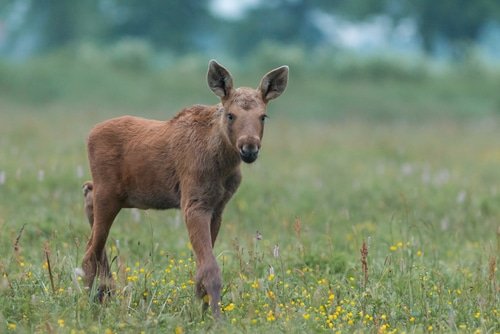
Challenges Faced by Baby Moose
Predators: wolves, bears, coyotes, etc.
Moose calves may be adorable with gangly legs and big, innocent eyes, but make no mistake – the wild is dangerous for these little ones. Predators like wolves, bears, and coyotes significantly threaten their survival. These cunning predators see baby moose as easy targets due to their smaller size and vulnerability.
Strategies to avoid predation: staying close to mother, hiding
To counter the constant presence of lurking predators, baby moose have developed clever strategies to increase their chances of survival. One of the primary tactics moose calves employ is to stick as close to their mothers as possible. The mother protects against potential threats and guides her offspring away from danger.
As the young moose grow older and stronger, they learn to navigate treacherous terrain better with their experienced mothers’ guidance. Another technique used by baby moose is utilizing dense vegetation for cover.
These intelligent creatures understand that blending into their surroundings is key to avoiding detection by predators. They seek refuge in areas thick with foliage or hide behind trees or bushes until they perceive it safe enough to venture out again.
Defense mechanisms: powerful kicks with sharp hooves
In addition to employing strategic avoidance techniques, baby moose are equipped with some impressive defense mechanisms when confrontation becomes inevitable. With powerful kicks propelled by sharp hooves capable of inflicting severe damage upon attackers, these young creatures can put up quite a fight when cornered or threatened.
Their kicks serve as deterrents and highlight the impressive strength that even small moose calves possess. When faced with danger, they bravely defend themselves using these powerful limbs as a last-resort defense mechanism.
Witnessing the transformation from seemingly docile youngsters to remarkably resilient fighters is truly fascinating. In the wild, baby moose face a constant battle against predators. Still, these creatures navigate survival challenges with remarkable resilience and strength through their innate instincts and learned behaviors.
Interesting Facts about Baby Moose
Antler growth starts at a young age but is not visible until adulthood
When you think of moose, you probably imagine those magnificent antlers adorning the heads of these majestic creatures. But did you know that antler growth begins at a very young age for baby moose? Yes, even as adorable little calves, they have the beginnings of their future antlers.
However, these antlers are not immediately visible and take several years to develop fully. It’s quite fascinating how this process unfolds.
As baby moose grow, their pedicles, bony structures on their skulls, start forming the foundation for their future antlers. Initially hidden beneath their fuzzy coat, these pedicles gradually become more prominent and eventually sprout antler buds.
Although they may not be as grand as adult moose, this early stage of antler growth showcases the remarkable potential within these young beings. So next time you spot a baby moose with what seems like mere bumps on its head, remember that it’s just the beginning of something extraordinary.
Playful behavior: frolicking, running, jumping in the water
Ah, the vitality and playful spirit of young moose! Moose calves are known for their lively antics and boundless energy. One moment, you might spot them frolicking in a meadow or chasing each other around trees with sheer delight.
And then there’s their love for running – oh boy! These little ones can pick up speed when they want to.
Witnessing them racing through fields or leaping over fallen logs with effortless grace is quite a sight. But perhaps one of the most amusing behaviors displayed by baby moose is their affinity for water.
Oh yes, they adore splashing around and taking impromptu baths. Picture this: a group of moose calves gathered by a tranquil pond, dipping their hooves and playfully dunking their heads underwater.
It’s as if they have an innate sense of joy when it comes to aquatic activities. So, the next time you stumble upon a young moose near a water source, be prepared to witness some delightful water ballet!
Unique vocalizations used for communication
Communication is vital in the animal kingdom, and baby moose are no exception. These adorable creatures have unique vocalizations that express various needs and emotions.
While they may not be as loud or booming as the calls of adult moose, their vocalizations are still fascinating to observe. Baby moose communicate with their mothers using soft bleats or whines to indicate hunger or seek attention.
These gentle sounds serve as an effective means of staying connected in dense forests where visibility might be limited. Additionally, moose calves emit soft grunts or mews when distressed or feeling threatened.
It’s remarkable how these young beings quickly learn to use sound as a form of expression and survival strategy. So, the next time you encounter a baby moose in the wild, keep your ears open for these enchanting vocalizations that reveal so much about their world!
Conservation Efforts for Baby Moose
Threats to their population: habitat loss, climate change, predation control measures
Like their adult counterparts, baby moose face numerous threats that can impact their population. One of the major concerns is habitat loss due to human activities such as deforestation and urbanization.
As natural habitats shrink, it becomes increasingly challenging for baby moose to find suitable feeding grounds and cover from predators. Climate change poses a significant threat as it alters the availability and distribution of resources essential for their survival.
Predators also play a role in the decline of baby moose populations. While predation is a natural part of the ecosystem, excessive predation can have detrimental effects.
Predatory animals such as wolves and bears target moose calves as easy prey due to their vulnerability and relatively low mobility. Predation control measures are often implemented to strike a balance between predator-prey dynamics and ensure the continued existence of baby moose.
Conservation initiatives by
Various organizations and government agencies have recognized the importance of conserving baby moose populations and have initiated several conservation efforts to protect them. These initiatives typically focus on addressing the threats mentioned earlier.
One crucial aspect is creating protected areas or wildlife reserves that offer safe habitats for young moose behavior. These designated areas provide undisturbed environments where baby moose can thrive without human interference or disruption from other potential threats.
Education and awareness campaigns are also vital in promoting conservation efforts for baby moose. By educating communities about the importance of these creatures in maintaining the ecological balance, people better understand how they can contribute to their long-term survival.
Research is essential in obtaining valuable data about baby moose population trends, habitat preferences, reproductive patterns, and behavioral characteristics. This knowledge helps inform conservation strategies aimed at protecting these majestic creatures. Many researchers are now using GPS tracking devices to further their efforts in conservation.
Conclusion
While baby moose face various threats to their population, there is hope for their conservation. Through efforts focused on protecting habitats, addressing climate change impacts, and implementing responsible predation control measures, we can work towards ensuring the future of these enchanting creatures.
By spreading awareness and supporting conservation initiatives, individuals can play a crucial role in safeguarding the well-being of baby moose and preserving their place in our natural world. Let us strive for a future where generations can witness these remarkable moose calves’ playful, frolicking, and beautiful presence.

